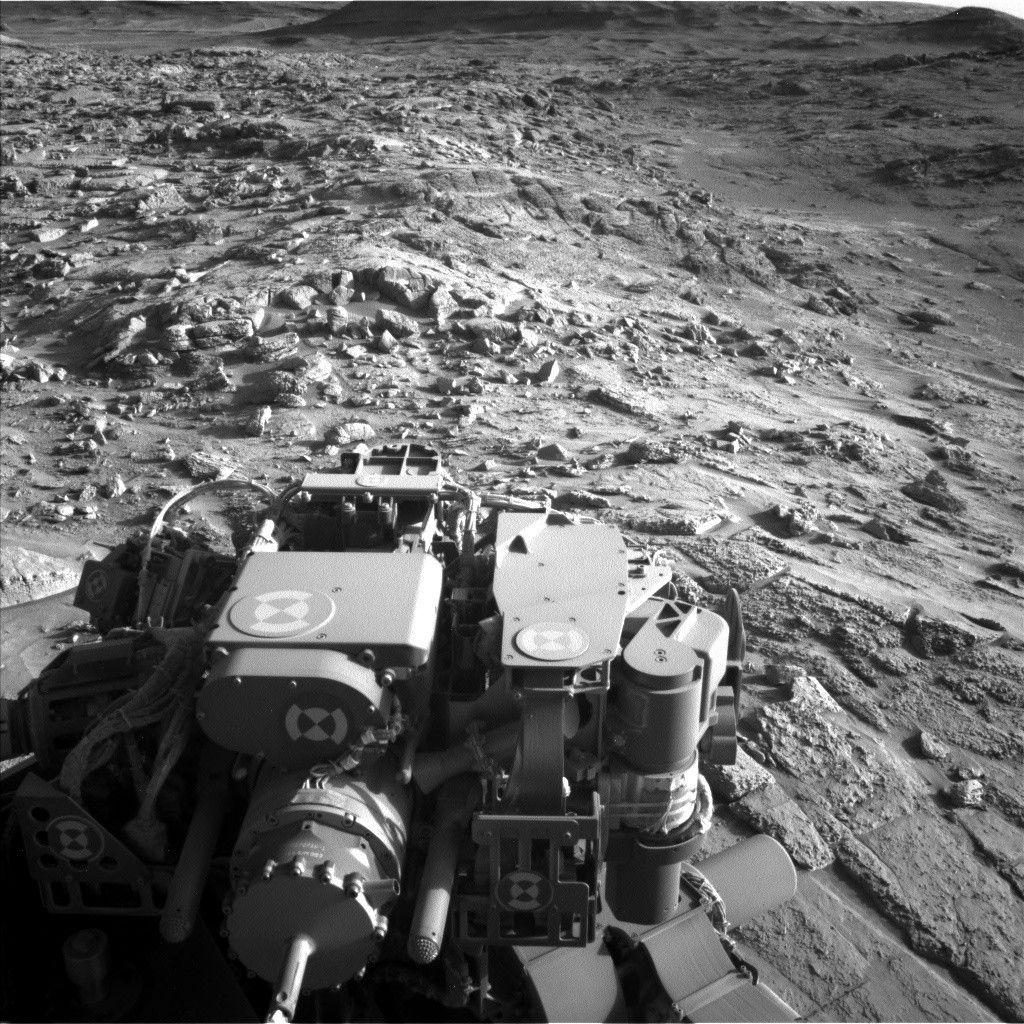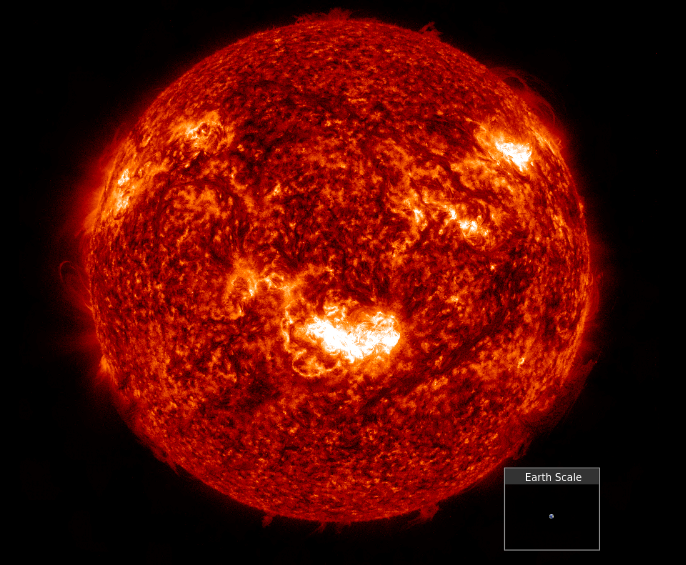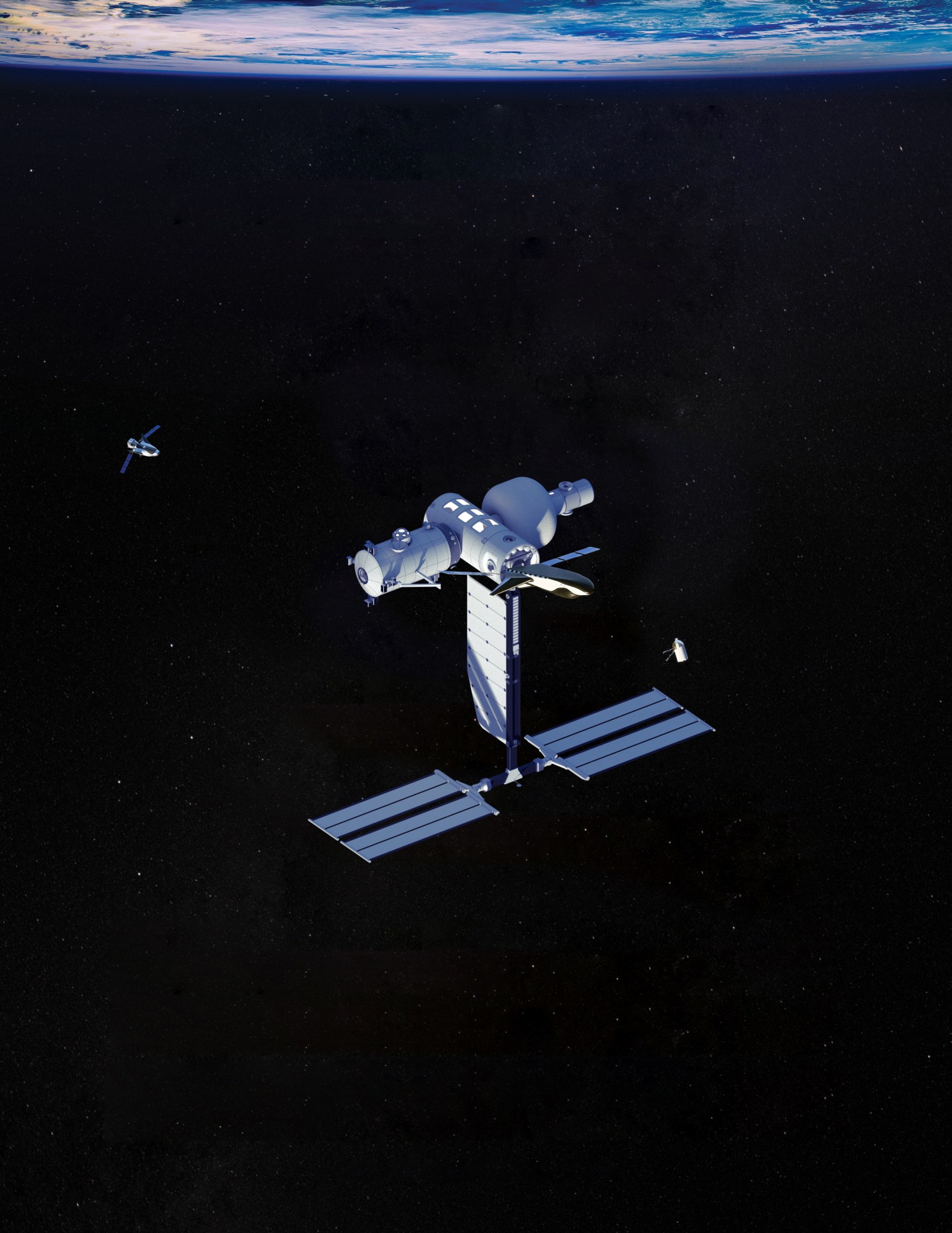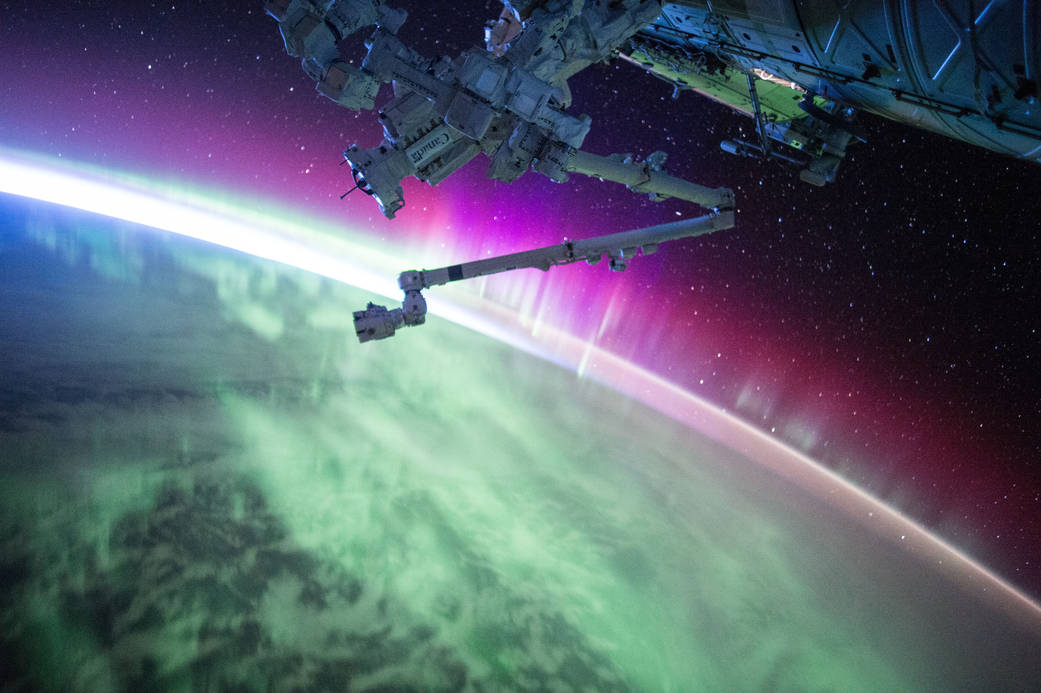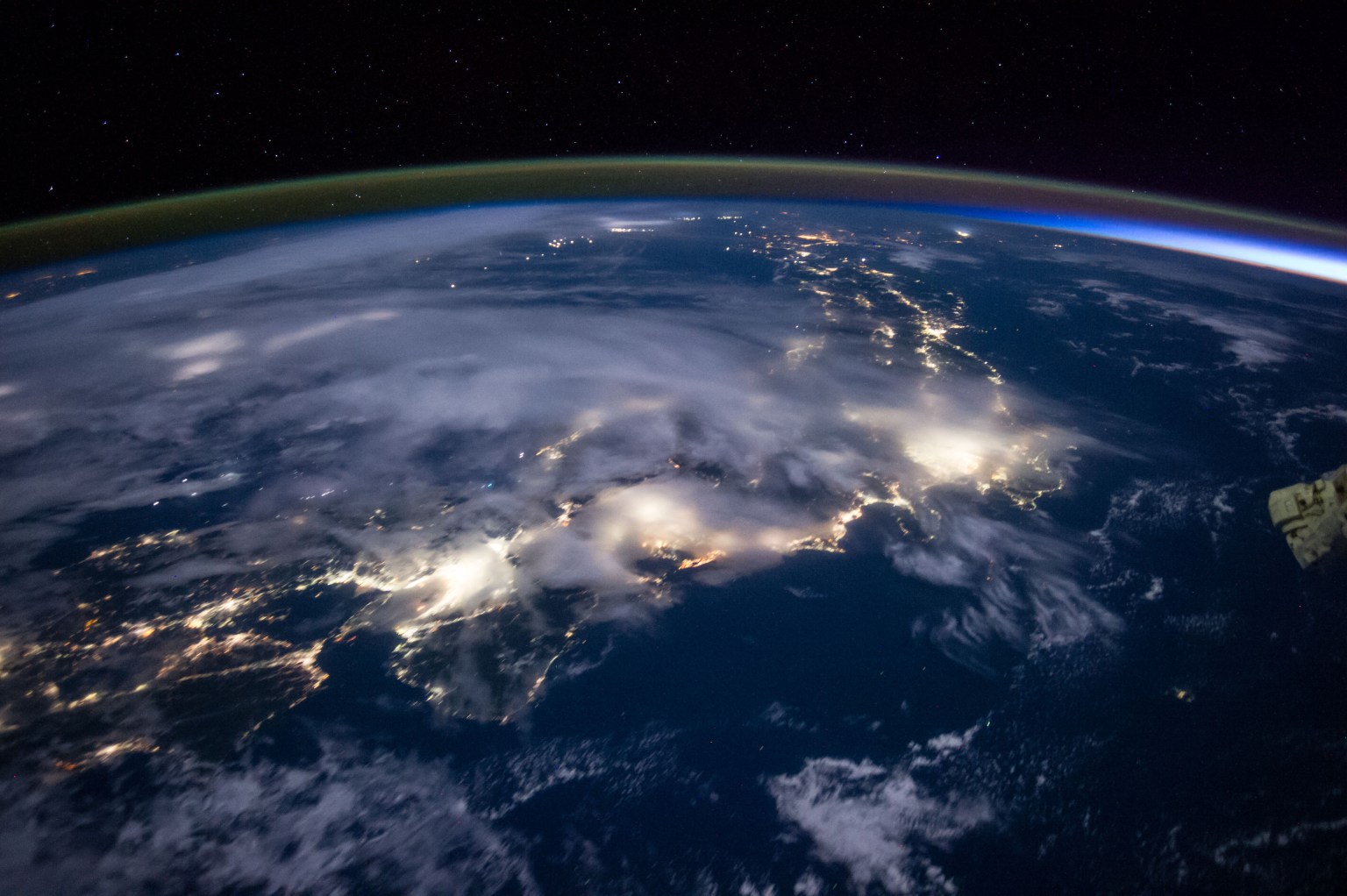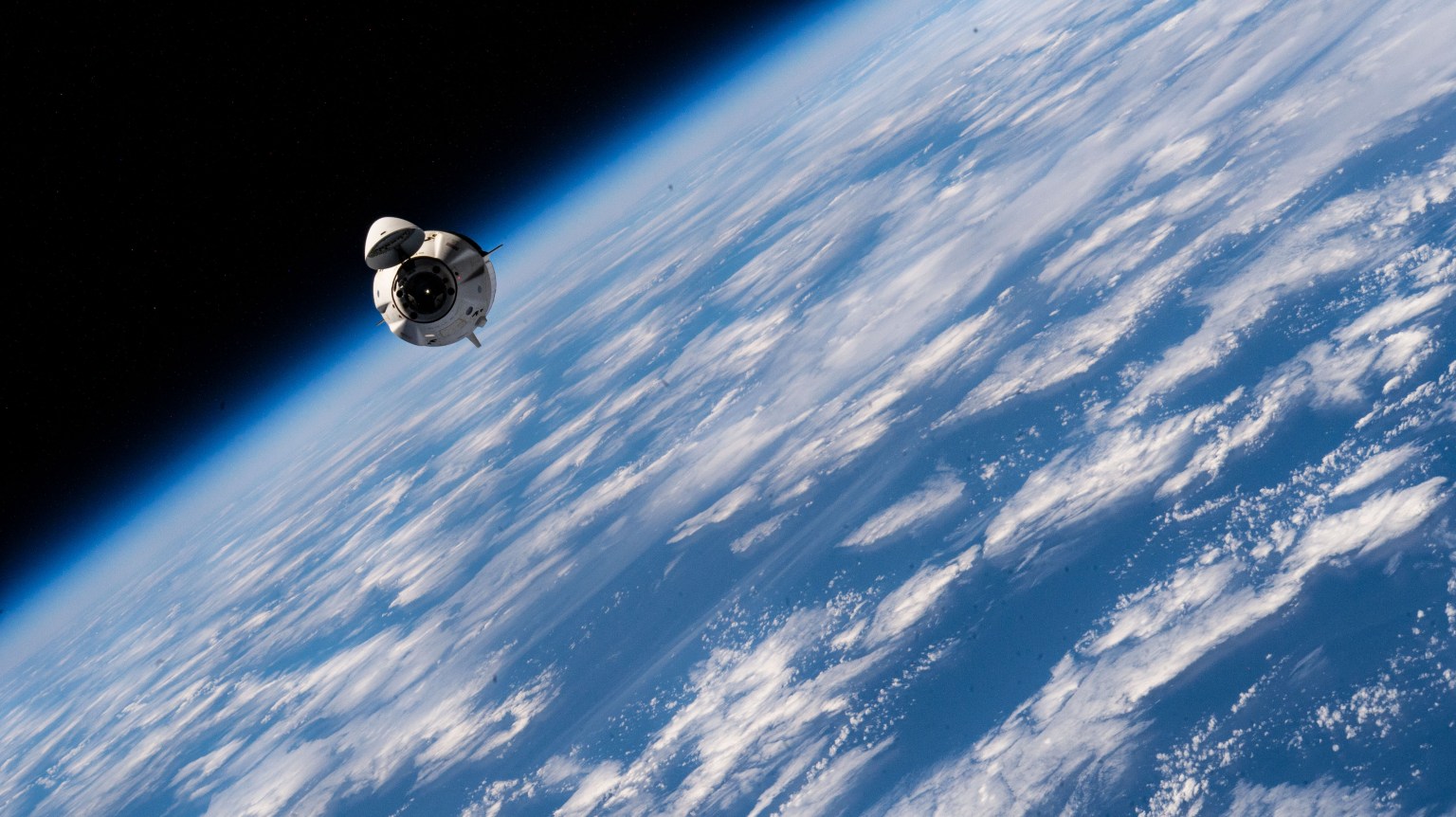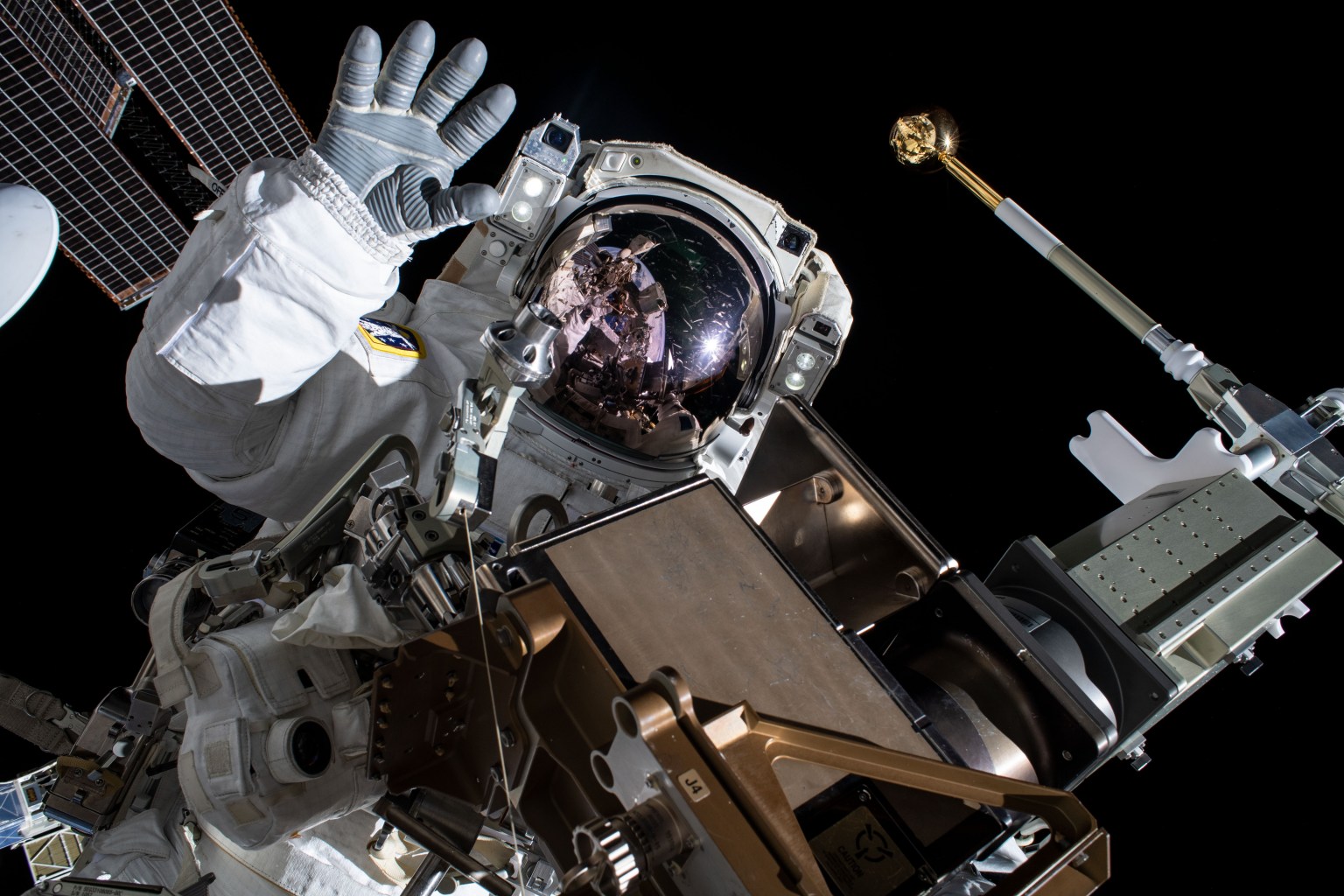NASA Sees Progress on Blue Origin’s Orbital Reef Design Development
A NASA-supported commercial space station, Blue Origin’s Orbital Reef, recently completed a human-in-the-loop testing milestone as the agency works toward developing commercial space stations in low Earth orbit. The human-in-the-loop test scenarios utilized individual participants or small groups to perform day-in-the-life walkthroughs in life-sized mockups of major station components. Participants provided feedback while simulating microgravity […]

3 min read
Preparations for Next Moonwalk Simulations Underway (and Underwater)
A NASA-supported commercial space station, Blue Origin’s Orbital Reef, recently completed a human-in-the-loop testing milestone as the agency works toward developing commercial space stations in low Earth orbit.
The human-in-the-loop test scenarios utilized individual participants or small groups to perform day-in-the-life walkthroughs in life-sized mockups of major station components. Participants provided feedback while simulating microgravity operations, including cargo transfer, trash transfer, stowage, and worksite assessments.
“Human-in-the-loop and iterative testing are essential to inform key decisions and mitigate risks to crew health and safety,” said Angela Hart, program manager for NASA’s Commercial Low Earth Orbit Development Program at the agency’s Johnson Space Center in Houston. “NASA’s insight into our partner’s testing milestones enables the agency to gain insight into partner progress and share expertise, ultimately improving industry and NASA’s mission success.”
The milestone is part of a NASA Space Act Agreement originally awarded to Blue Origin in 2021 and focused on the design progress for multiple worksites, floors, and translation paths within the station. This ensures a commercial station can support human life, which is critical to advancing scientific research in a microgravity environment and maintaining a continuous human presence in low Earth orbit.
The test evaluated various aspects of Orbital Reef’s environment to provide information needed for the space station’s design. Assessment areas included the private crew quarters, dining area, lavatory, research laboratory, and berthing and docking hatches.
To facilitate the test, Blue Origin built stand-alone mockups of each floor in the internally developed habitable module. These mockups will be iteratively updated as the fidelity of components and subsystems matures, enabling future human-in-the-loop testing.
The research team’s observations will be used to provide design recommendations for worksite volumes, layouts, restraint and mobility aid layouts, usability and workload, and positioning of interfaces and equipment.
NASA supports the design and development of multiple commercial space stations, including Orbital Reef, through funded and unfunded agreements. The current design and development phase will soon be followed by the procurement of services from one or more companies, where NASA aims to be one of many customers for low Earth orbit stations.
NASA is committed to maintaining a continuous human presence in low Earth orbit as the agency transitions from the International Space Station to commercial space stations. For nearly 25 years, NASA has supported a continuous presence in low Earth orbit aboard the space station and will continue to build on the agency’s extensive human spaceflight experience to advance future scientific and exploration goals.
For more information about commercial space stations, visit:
www.nasa.gov/commercialspacestations
What's Your Reaction?








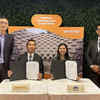






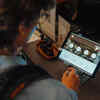



.jpg?#)













